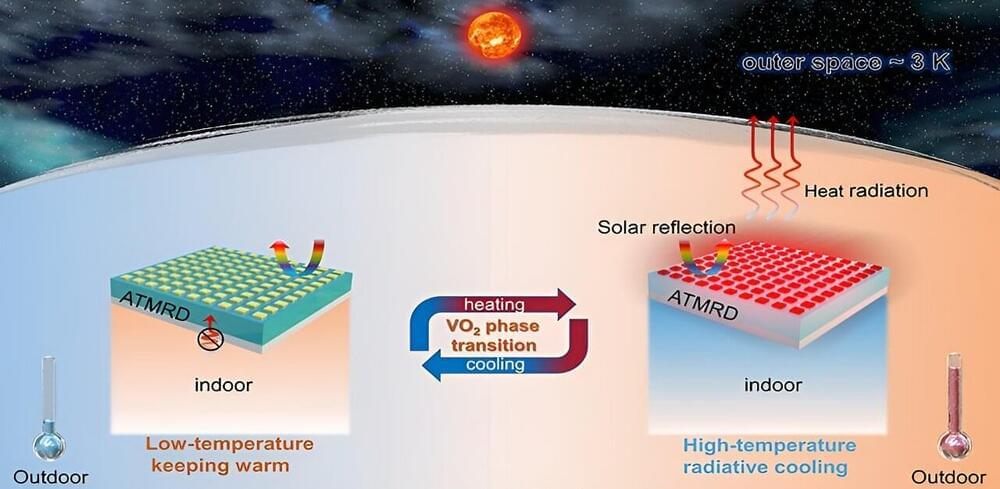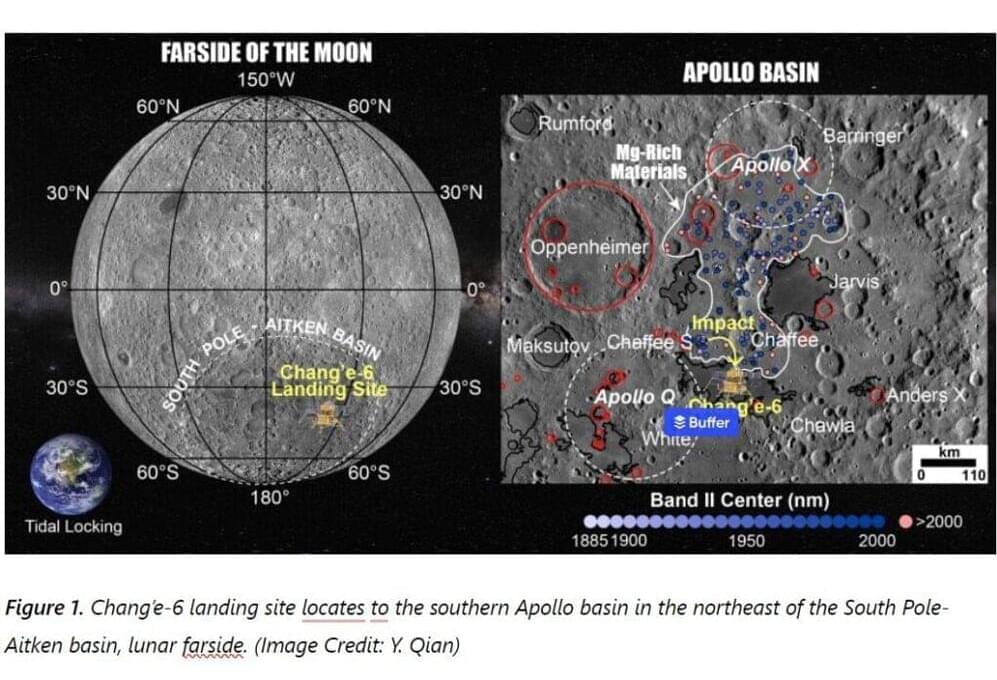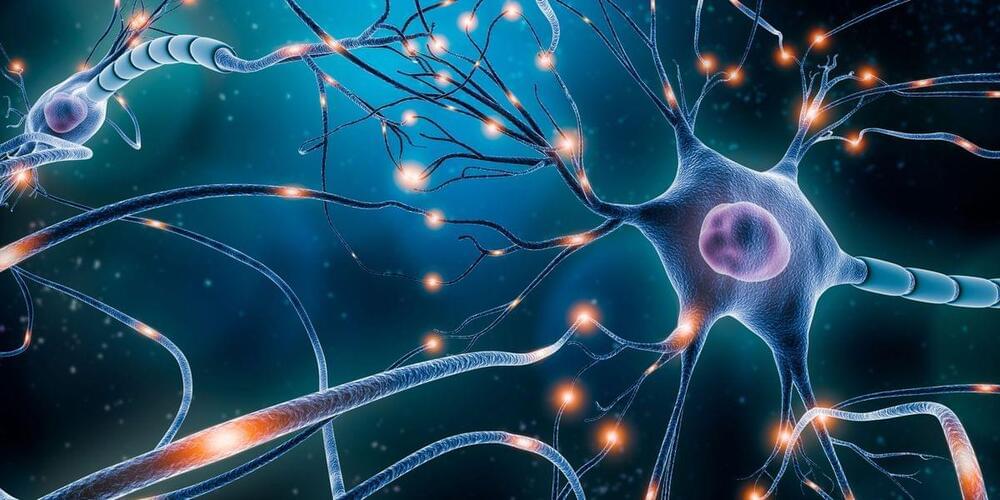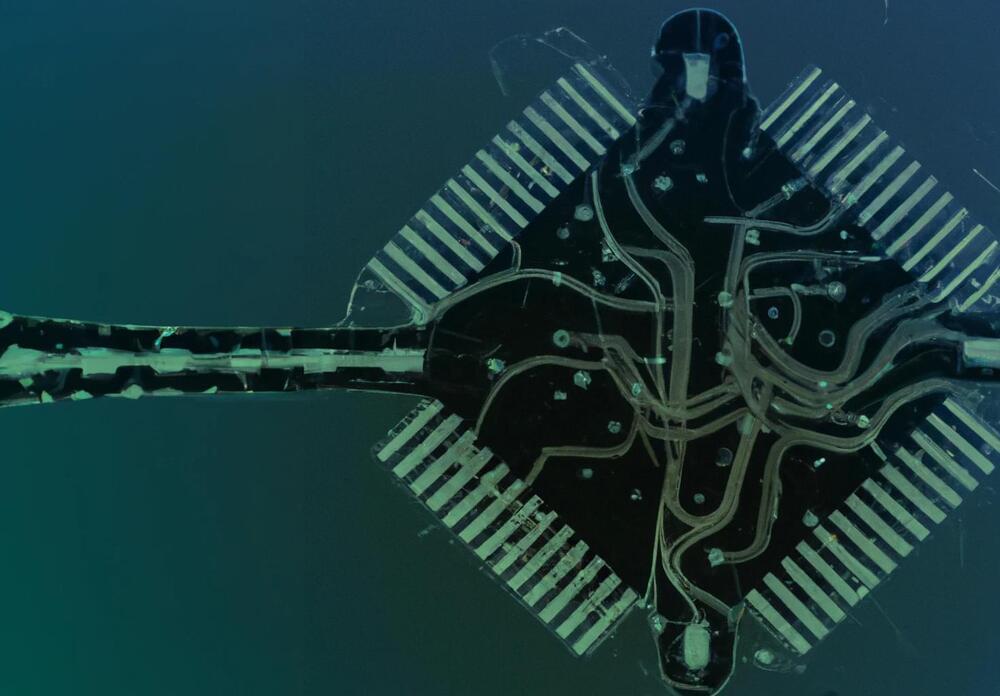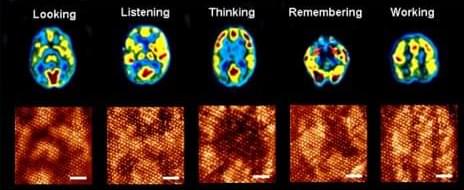Sep 20, 2024
Generative AI brings us Closer to Automating Investment Expertise
Posted by Natalie Chan in categories: business, robotics/AI
Large language models (LLMs) such as ChatGPT and Google Gemini excel at being trained on large data-sets to generate informative responses to prompts. Yi Cao, an assistant professor of accounting at the Donald G. Costello College of Business at George Mason University, and Long Chen, associate professor and area chair of accounting at Costello, are actively exploring how individual investors can use LLMs to glean market insights from the dizzying array of available data about companies.
Their new working paper, appearing in SSRN Electronic Journal and co-authored with Jennifer Wu Tucker of the University of Florida and Chi Wan of University of Massachusetts Boston, examines AI’s ability to identify “peer firms,” or product market competitors in an industry.
Cao explains the significance of selecting peers by relating this process to the real-estate market. “The capital market is similar to the real-estate market in that a firm’s value is partially determined by the value of its peers. In the real-estate market, we price a home based on the value of comparable properties in the neighborhood, or the so-called ‘comps.’ In our paper, we aim to leverage the power of LLMs to identify comps for evaluating firm value.”

